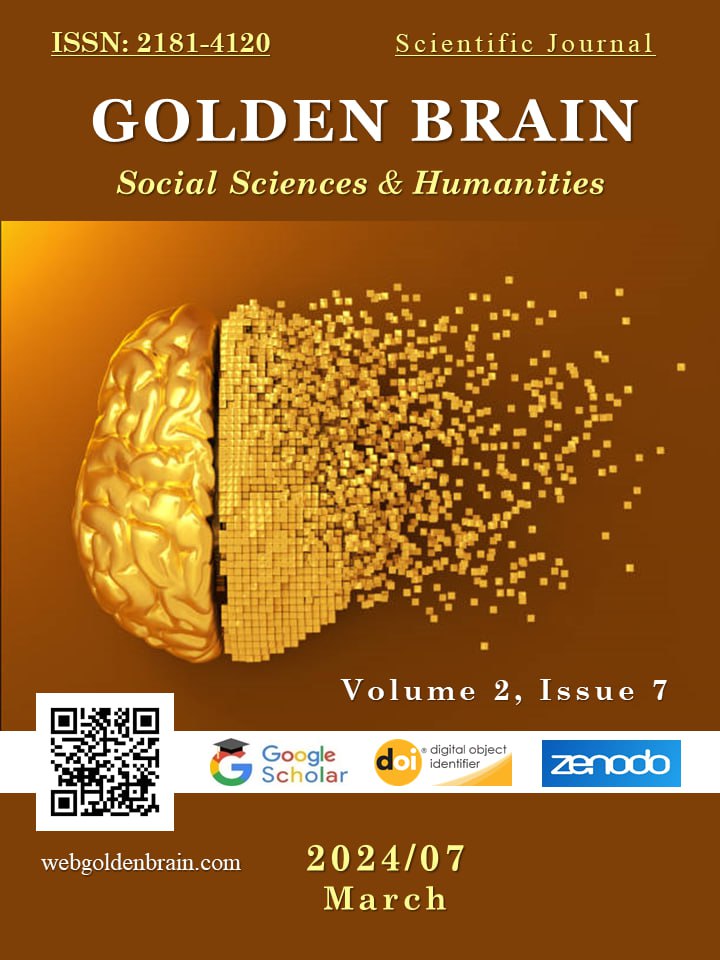USE OF AUTHENTIC MATERIALS IN LANGUAGE CLASSES
Main Article Content
Abstract
The use of authentic materials in language teaching is essential to provide learners with real-world language input and exposure. Authentic materials offer learners the opportunity to engage with genuine language use in context, helping them develop their language skills in a meaningful way. Incorporating authentic materials enhances students’ motivation, cultural awareness, and communicative competence in the target language.
Article Details

This work is licensed under a Creative Commons Attribution 4.0 International License.
How to Cite
References
Brown, H. D. (2007). Teaching by principles: An interactive approach to language pedagogy. Pearson Longman.
Harmer, J. (2007). The practice of English language teaching. Pearson Longman.
Lightbown, P. M., & Spada, N. (2013). How languages are learned. Oxford University Press.
Nunan, D. (1999). Second language teaching & learning. Heinle & Heinle.
Richards, J. C., & Rodgers, T. S. (2001). Approaches and methods in language teaching. Cambridge University Press.
Richards, J. C., & Schmidt, R. (2010). Longman dictionary of language teaching and applied linguistics. Routledge.
Tomlinson, B. (2012). Materials development for language learning and teaching. Language Teaching, 45(2), 143-179.
Ur, P. (1996). A course in language teaching: Practice and theory. Cambridge University Press.
Smith, J. (2015). The use of authentic materials in the foreign language classroom: A case study of Spanish language teaching. Journal of Language Teaching and Research, 6(1), 123-135.
